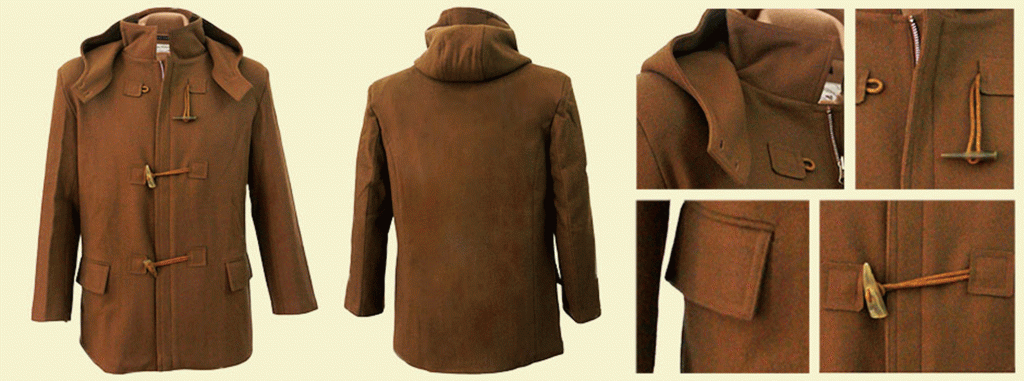
You may have heard of the “layering system”, but what is it? The Winter Layering System is a method of wearing your clothes in a way that effectively protects you from bad weather.
Simply put, when outdoors, this is what will prevent you from turning into an icicle.
For a quick education, read on.
Multiple layers are better at trapping air near your skin, keeping heat close to you. This is why many layers will always be more effective than one, thick layer. Keep a track of the weather conditions of the location you are headed to. The mean temperature is rarely the same as the real feel. Wind and rain are factors which cannot be ignored. When temperatures drop below -5º C, there should be no time when you are wearing less than two layers. Ideally, you should be wearing 3. Lastly, the layering system is not just about how many layers you have, but what these layers are made of.
Layering the torso:
· The first layer, under your t-shirt and trousers would be a thermal top and bottom; the warmest fabric being woollen and the least, cotton. A snug fit, this layer is thin and meant to retain the heat generated by your body. Certain fabrics like a polyester blend also serve the purpose while ‘wicking’ away moisture from your skin.
· The next layer, worn over your t-shirt, is crucial as it could render you too bulky or comfortably warm. Depending on what your outer shell is, this mid-layer can be anything, from a woollen sweater to a fleece sweatshirt or a wool coat. This needn’t be as snug, or the flexibility of your limbs could be compromised.
· Your last layer is most important. An ineffective piece will leave you shivering in your warm woollen socks. Depending on your requirement, you could opt for an all-weather parka or a mid-length all-weather jacket. These also come as 2-in-1 pieces, doing away with the need to wear that mid-layer.
Do not ignore your lower body. Most people get lazy about this, but jeans simply do not cut it. On a normal winter’s day, throw on some thin thermal underwear that reaches your ankles under your pants. A pair of thick track pants for your last layer is not a bad option for pants.
To protect your extremities, accessories to the rescue:
Invest in some good 2-in-1 layered gloves – woollen or fleece lined with a waterproof outer layer. Likewise, your feet should be snug in insulated woollen socks or stockings. You will find winter or travel specific socks sold by a number of brands.
Although your head will be covered with the hood of a jacket, wrap it in a woollen ski cap or monkey cap to ensure that any cool wind is kept out. You could also string around a pair of earmuffs; exposed ears will leave you with a splitting headache if nothing worse. In extreme temperatures, a balaclava will keep the exposed areas of your face amply covered.
Shawls, scarfs and mufflers aren’t just fashion accessories. In mild weathers, a scarf wrapped around your neck will keep chilly winds from invading your clothing, as well as protect your neck.
With all the fuss that goes into insulating yourself, do not forget that this is also an opportunity to experiment with layers. Winter is the only season that lets you wear so many layers without breaking out into a sweat. It is unbelievably fun to mix and match colours, patterns and fabrics; and silly to let low temperatures stand in your way of exploring. All you have to do is dress smart and look your best, without a care in the world and a song on your lips.
Website: Kosha.co


